Diablo 4 is fairly straightforward early on, but meeting the Blacksmith was the first moment in the game’s world when we felt we had to make an important choice about loot—should we sell or salvage gear we don’t need?
At first, we gave salvaging a shot but realized the materials we received seemed pretty useless at that point in the game, so then we started selling it. But when faced with the decision again a few levels later, it was much harder to decide. We learned it’s important to consider your game state before selling or salvaging gear.
In our case, we sold unwanted gear to the Blacksmith to receive gold to buy better gear and armor in Kyovashad. This was also before level 10 when you unlock upgrades from the Blacksmith. But as we progressed further, we found the rare chest armor Command Work that gave us plus six to all stats with an impressive 312 armor. It was so good, it made sense to upgrade it, so we decided to use salvaged items to do that.
That said, there are a few other tips and rules of thumb you can follow to decide when to sell or salvage gear in Diablo 4. Here’s everything you need to know to help you make the decision for yourself.
When you should salvage gear in Diablo 4
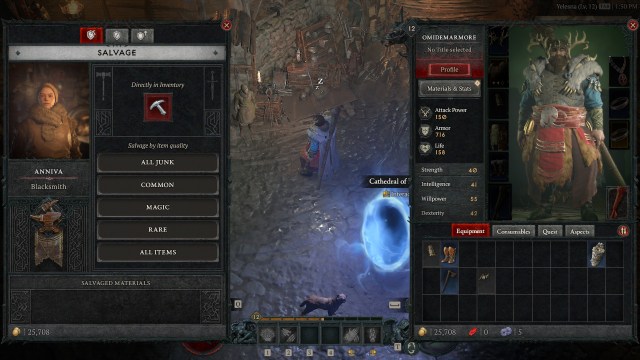
Here’s when we recommend salvaging gear in Diablo 4:
- You need the materials to upgrade another piece of gear.
- You want to unlock its variant to transmog other gear into it. Gear that can unlock new Transmogs through salvaging will have a hammer icon on them.
- The gear sell value is too low.
In the early stages of your playthrough, we suggest salvaging gear only when you need materials to upgrade other gear which is rare or higher. These are the pieces that are worth upgrading since it will take you some time to find better replacements for them, so making them a little stronger with an upgrade is even better. In our experience, even the smallest upgrades have made a world of difference in combat.
At any point, you should also salvage gear if you’re a fan of style wars and really want to transform any gear you’re wearing into the one you’re salvaging. Whenever you salvage gear, you can go to a Wardrobe, like the one in Kyovashad, to make any armor you’re wearing look like the one you salvaged.
Related: How to get and equip the Wolf Pup back trophy in Diablo 4
When it comes to the late game, we recommend salvaging spare legendary gear to get legendary materials such as Coiling Ward and Baleful Fragment, which are used to upgrade other legendary gear. In our experience, this has been our primary motivation to do it, and it’s come in handy so many times.
Our last suggestion is to salvage gear that isn’t worth a lot of gold. We usually do that when we see weapons and armor that are worth less than a percent of our current gold sum. For instance, if I have 20,000 gold and a common armor that is worth 100 gold, I will salvage it so I can use the materials in an upgrade in the future.
Should you salvage or extract Legendary gear in Diablo 4?
Legendary gear is a special case when it comes to salvaging, as you can acquire Aspects from Legendary gear you’ve leveled in the past, then imprint those Aspects onto future pieces of Rare gear to turn them Legendary.
Here’s what we ask ourselves when we have a piece of Legendary gear:
- Do we have the Aspect already in our collection via a quest or dungeon? If so, then salvage the gear.
- Is the Aspect a useful one but the gear is now too low level? Extract the Aspect.
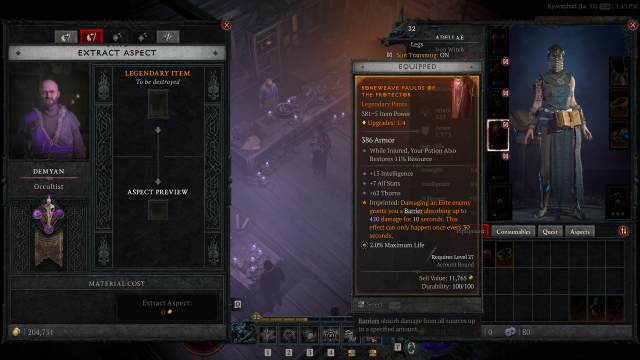
If the piece of Legendary gear has an Aspect that’s worth it, take it to the Occultist located in Kyovashad and extract it. Keep in mind, though, if you imprint an Aspect onto an item, you cannot extract it and get it back.
When you should sell gear in Diablo 4
Here’s when we recommend you sell gear in Diablo 4:
- You need gold to buy other items.
- You don’t have any gear or weapons worth upgrading.
- You’re playing the game casually.
Selling for gold is the obvious reason. Check what the vendors have in stock and, if something expensive interests you, sell your spare gear so you can buy a new item for a major boost.
If you’re sitting on a bunch of Common and Magic rarity gear, you probably don’t want to upgrade them. These items drop quite often from enemies, making it likely that you will find stronger gear than what you have—or would have if you upgraded it—after a few more minutes of Diablo 4 madness. If what you’re wearing is not worth an upgrade, your spare gear is probably not worth salvaging for materials either.
Lastly, the whole salvage-material-upgrade cycle can be a bit overwhelming for those who just want an easy and casual experience in Diablo 4. In that case, just sell your spare gear. You will eventually come across stronger gear in the shops or from enemy loot that will make up for the upgrades you have skipped.
Where to find a Blacksmith in Diablo 4
Look for the hammer and anvil icon on the map to find a Blacksmith in Diablo 4.
If you are struggling to find a Blacksmith to go through this whole process, we recommend returning to the first big town in the game, Kyovashad. Open your map and right-click the icon so you can draw a path to the Blacksmith on your map.

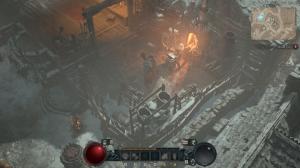
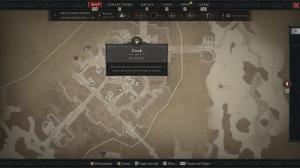
Once there, you can even automatically salvage Common, Magic, and Rare gear if you want.
How to salvage gear at the Blacksmith in Diablo 4
To salvage materials once at the Blacksmith, select the pickaxe icon on the left screen and move it to your item list on the right screen. You can select any item in your inventory to salvage. If the gear piece has a pickaxe icon on it, it means you will unlock a new visual in your wardrobe if you salvage it.
Take your time and play Diablo 4 normally until you finish the main quest that takes you to Kyovashad. That should take an hour or two of gameplay at most. When there, continue following the quests until you are presented to the Blacksmith and unlock the ability to salvage items with him.


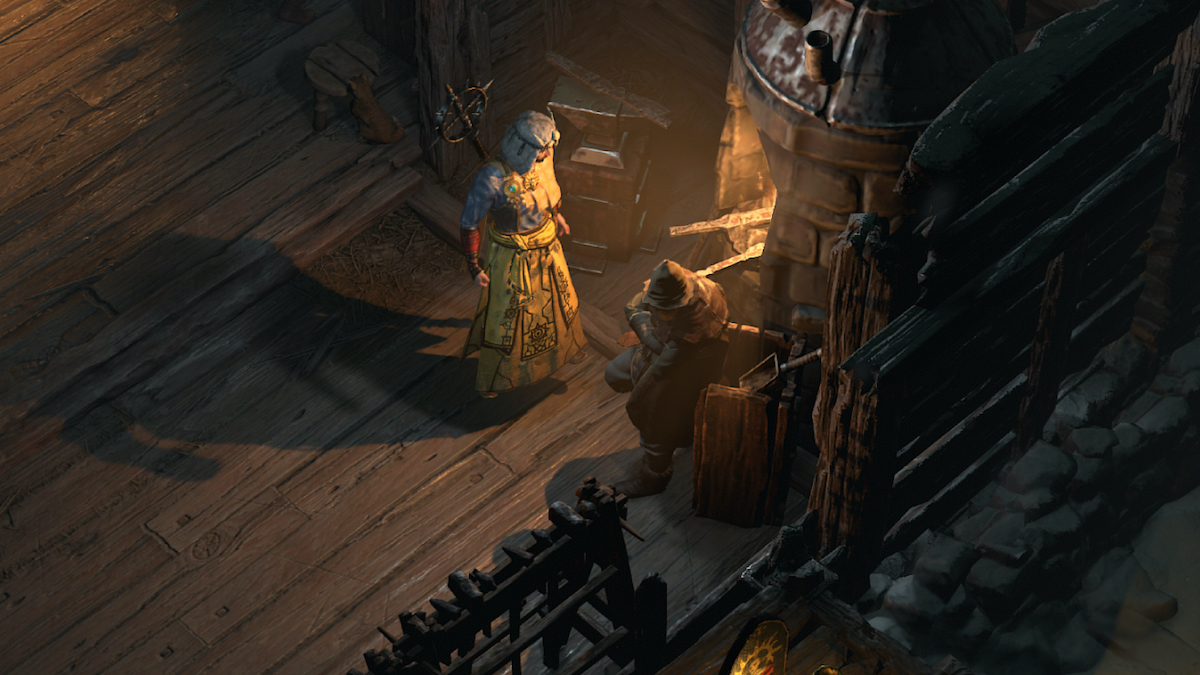

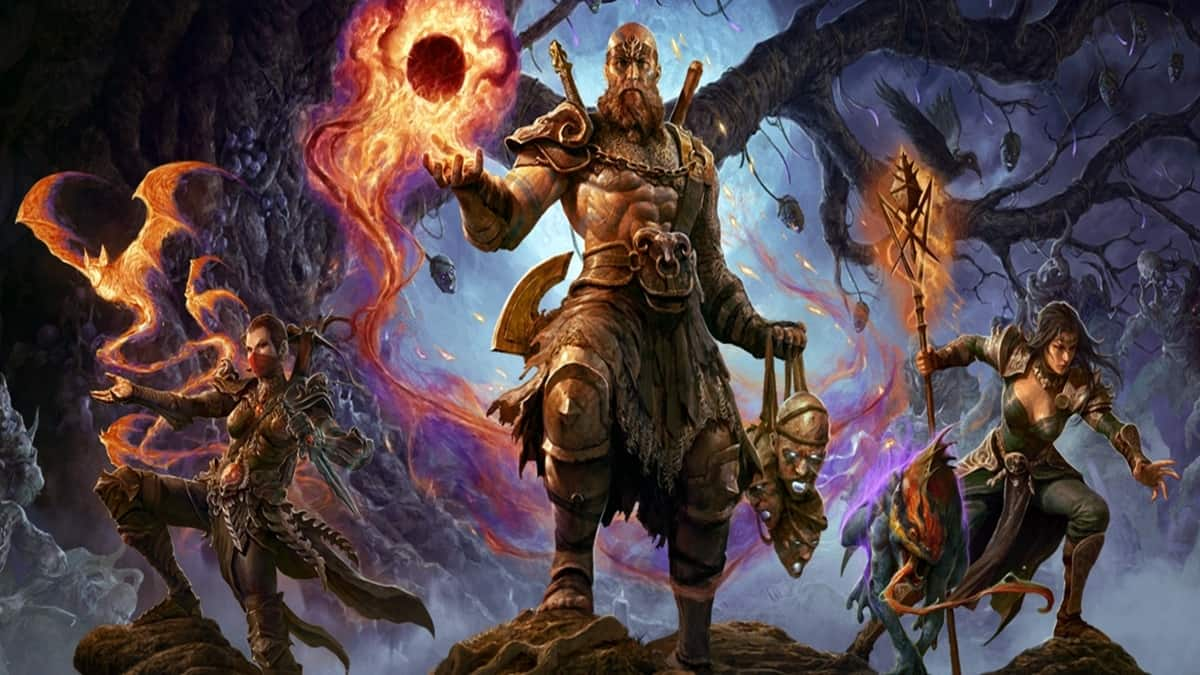
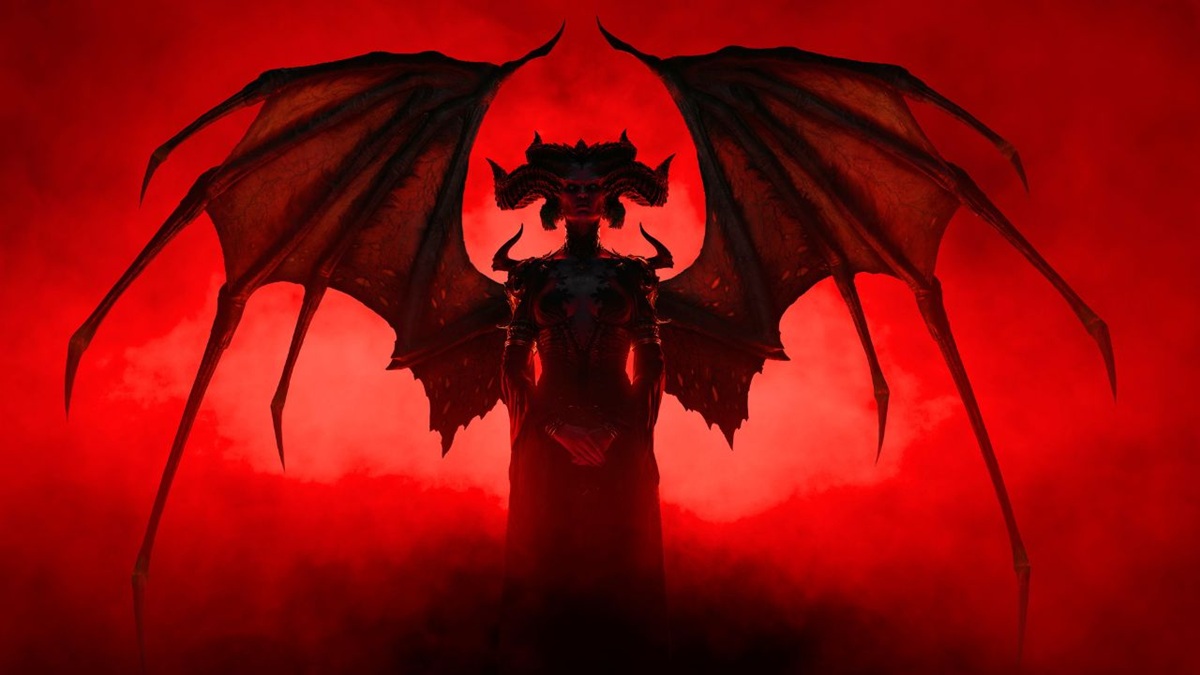

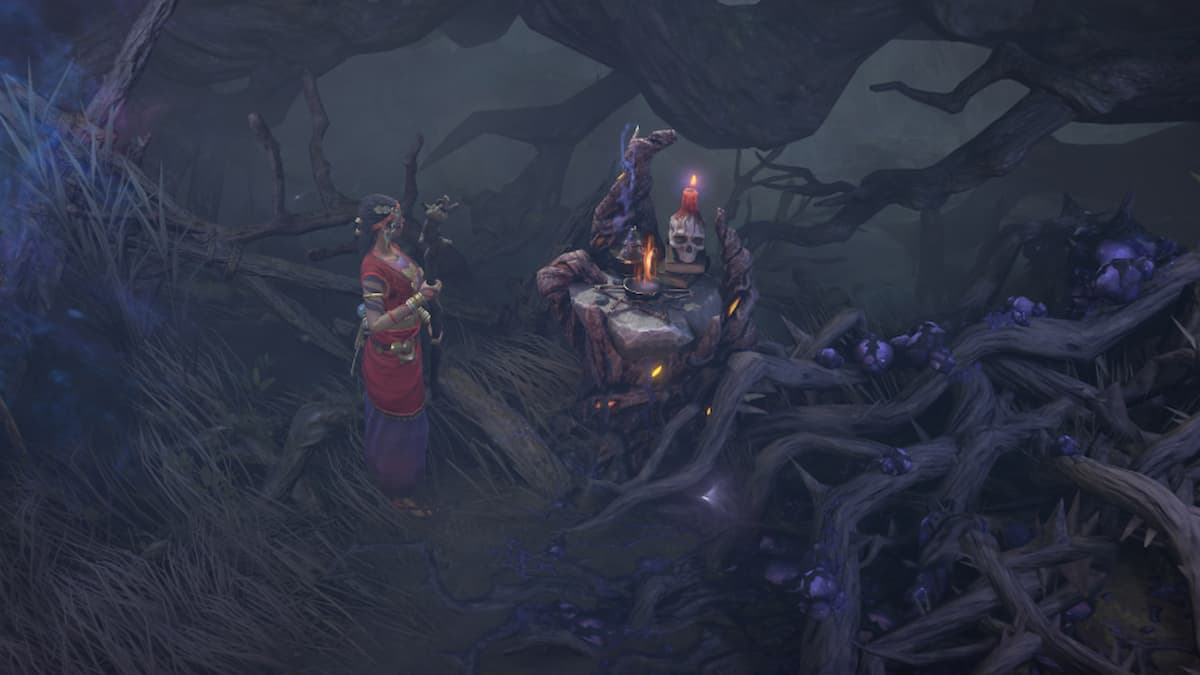


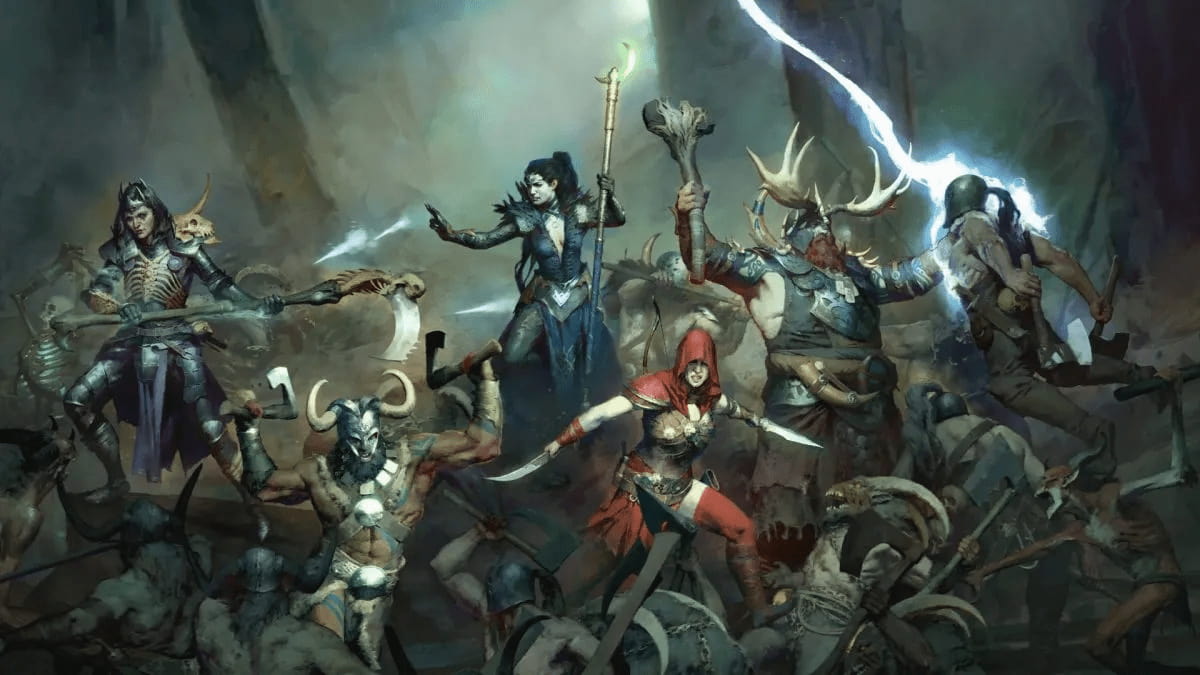



Published: Jun 22, 2023 09:59 pm